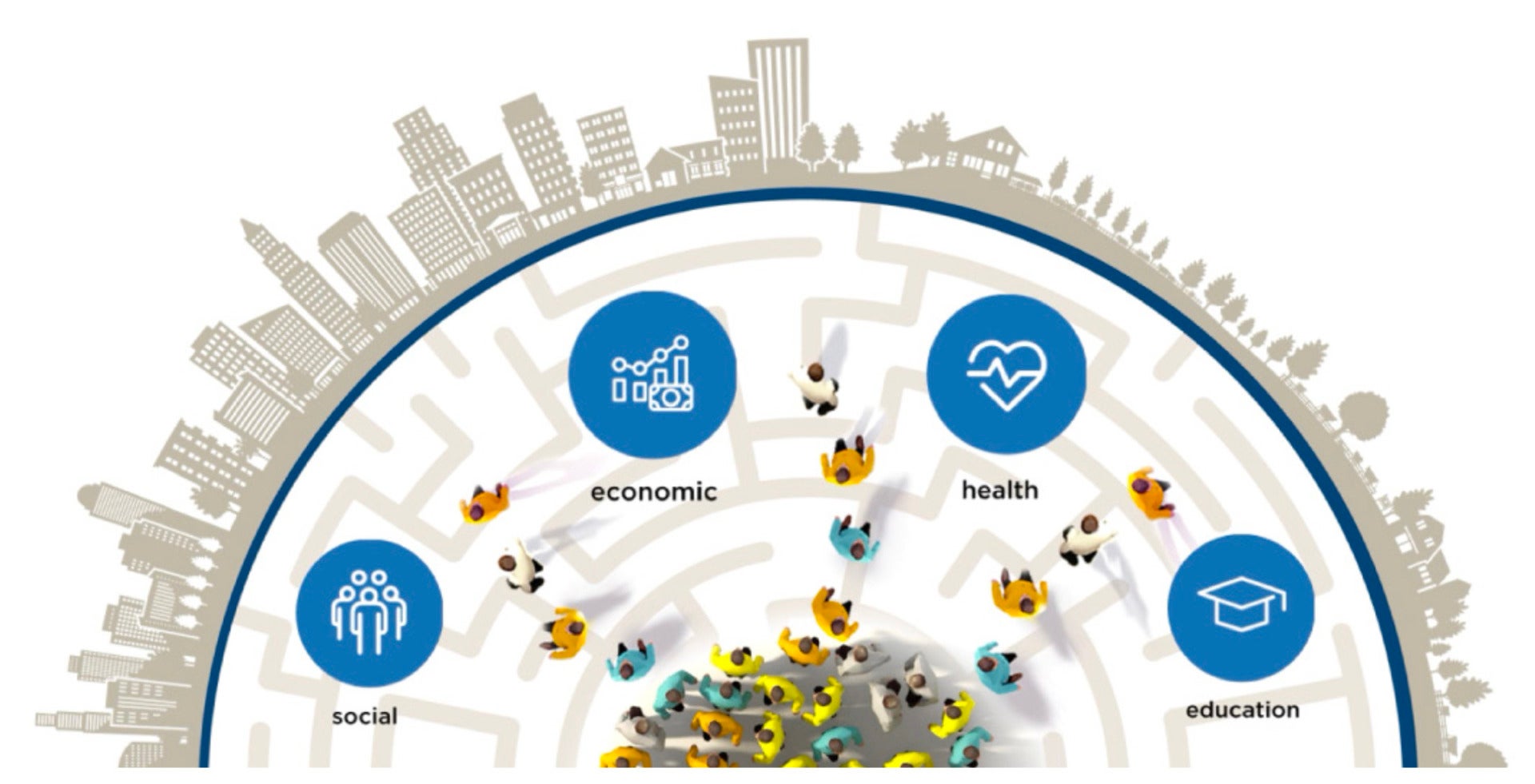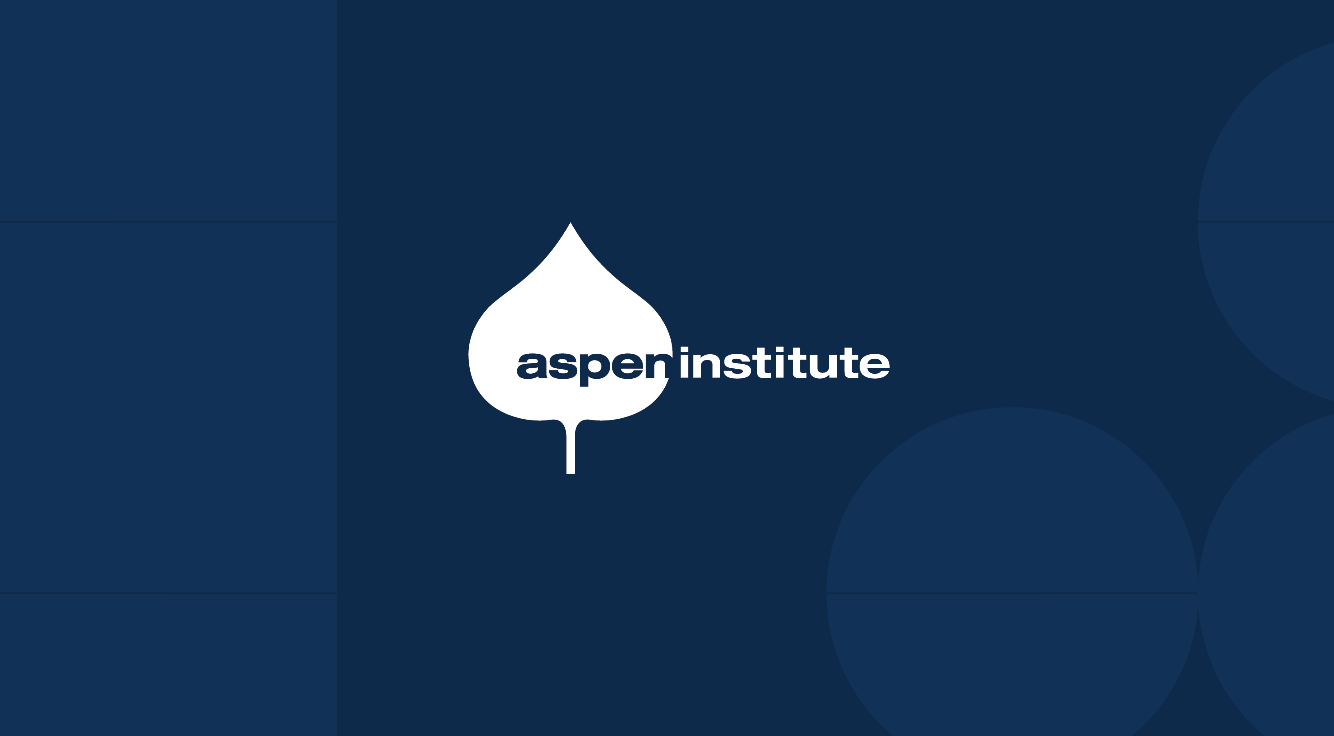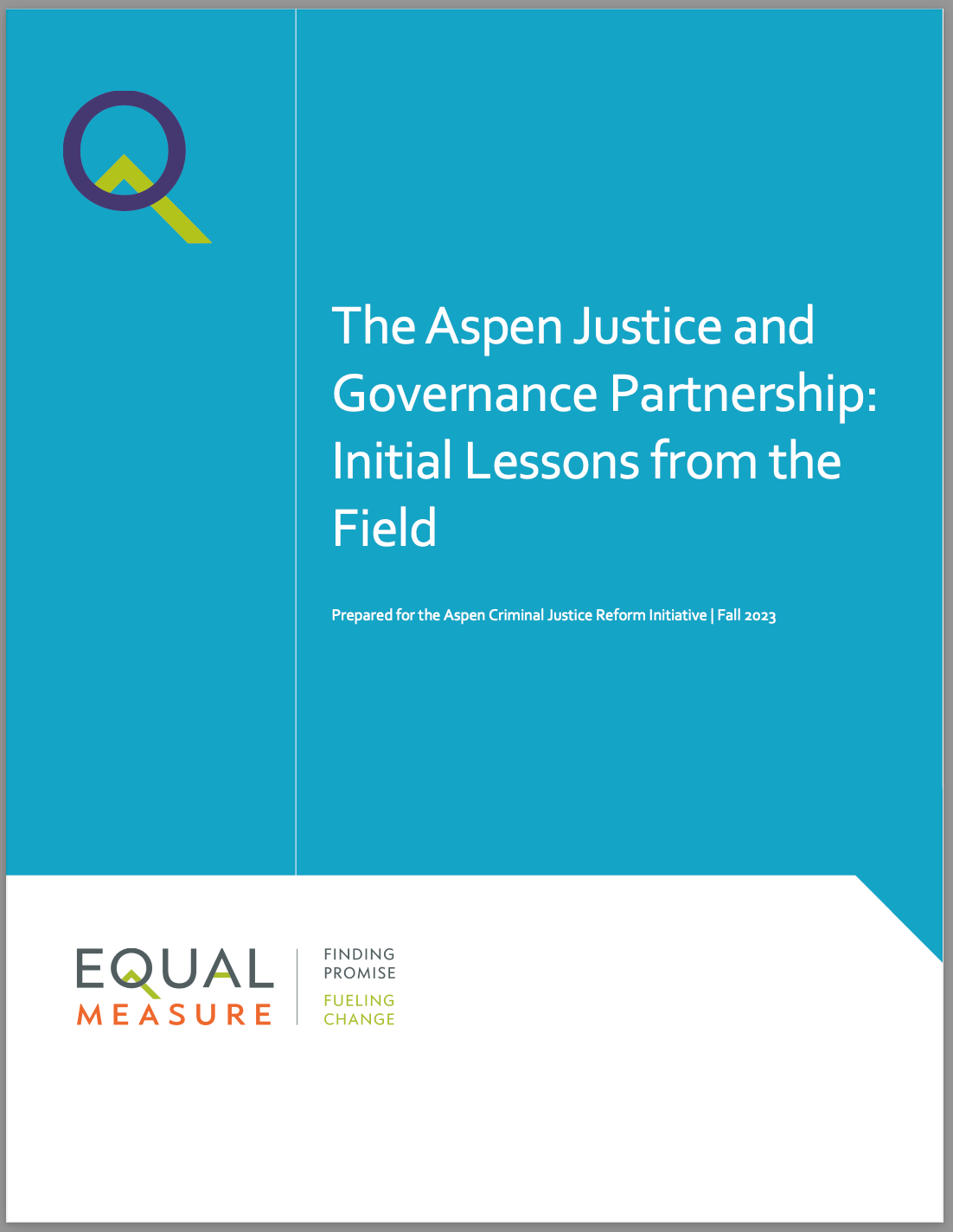Like your elementary school science teacher probably explained, “every organism plays an important role in its ecosystem.” Well, the same goes for what Aspen CJRI calls the justice ecosystem. Every stakeholder—whoever participates in the community, from police officers to residents and those who are justice-involved—is part of and affected by the justice ecosystem. And each stakeholder’s idea of public safety varies. For example, a parent whose child is continuously punished by zero-tolerance schooling might imagine safety as a less punitive and more social-emotional approach in schools. Or, if an individual suffers from a prolonged lack of housing, they might see public safety as having a roof over their head.
The justice system by itself is a complex and multifaceted network, as described by what we call the “Criminal Justice Continuum”, but to holistically address criminal justice and the criminal legal system, the compounding contexts of safety and crime must be examined too. The term “Justice Ecosystem” emerged from the recognition that public safety and crime are not created in a vacuum; they occur in a nuanced and interconnected system of social and economic circumstances. Four sectors from which such circumstances arise and intersect with the ‘traditional’ justice system are the education, social, economic, and health sectors. However, the justice ecosystem doesn’t end there. It also includes factors like housing, transportation, and other conditions that are less frequently mentioned in tandem with criminal justice.
Each community and neighborhood has its own justice ecosystem that can be assessed and surveyed to understand the systemic sources of injustice, as well as what constitutes safety. One trend we’ve found when looking at communities with high amounts of compounding injustices is that they also often depend on crisis management governance—a form of local government that constantly deploys services that are intended to be short-term and used as a last resort, usually done in the name of ‘safety.’ Crisis management governance perpetually contributes to residents’ insecurity without lasting solutions. To begin to solve such systemic failures within the justice ecosystem, the broken links must be identified. A Justice Audit—a comprehensive data collection that quantifies underlying injustices in a community, and a part of CJRI’s Justice and Governance Partnerships—does just that. One of the main reasons that it’s able to expose the defects in the system is because it takes the voices of community members into account.
Allowing stakeholders to construct their own definition of public safety is crucial to fostering a healthy justice ecosystem. It is easy to mistake increased public safety for increased policing and incarceration, but that isn’t the case. Simply put: in communities with conditions like high unemployment and under-resourced and failing healthcare, school systems, and public services, there is more crime. And to prevent crime, we must address the context that creates it. But what does all of this actually look like? Where do we see conditions overlapping and impeding on individuals’ freedom?
On our podcast, The Criminalization of Black Girls, our guest Dr. Monique Morris referred to a story about Grace, a fifteen-year-old Black girl from Michigan with ADHD. Grace’s story elucidates the widely discussed cross-sector relationship between education and incarceration. Early in the pandemic, Grace had been on probation for stealing and fighting with her mother. While on probation, she hadn’t been repeating such behavior or breaking the law. But when her classes switched to being online, she was confined and sent to a facility by a judge for not doing her online homework. Grace’s situation is sudden and extreme but aligns with the general trend of harsh and disproportionate punishment in juvenile detention. Grace’s story shows how schools’ discipline policies, the adultification, and criminalization of students, the treatment of students with learning differences, etc., can all create —especially for students of color—school to confinement pathways. When students like Grace interact with the justice system in such a way, it has rippling and pernicious consequences in other sectors. Individuals might be denied housing, employment, or financial aid for their criminal records and struggle to navigate the justice ecosystem.
Communities are much more than their discrete parts and should be governed holistically. As Martin Luther King Jr. stated, “We are caught in an inescapable network of mutuality.” And to understand our immediate networks of mutuality, we must take on a perspective that allows us to discern the ways in which they privilege few and harm others. Justice ecosystems, like any intricate ecosystem, are messy and hard to untangle. However, we must strive to comprehend them. We are all subject to the structures we exist in, and the justice or injustice they produce is not limited to individual people or parts. The freedom or oppression that justice ecosystems create is inescapable for everyone.


